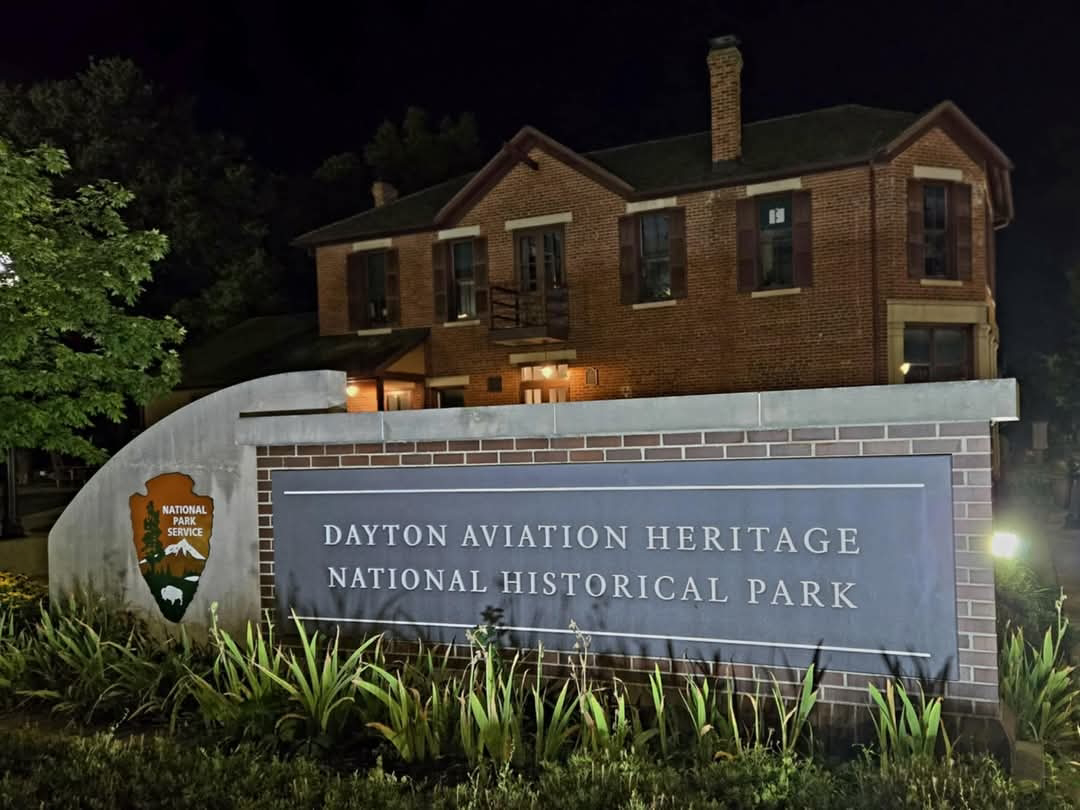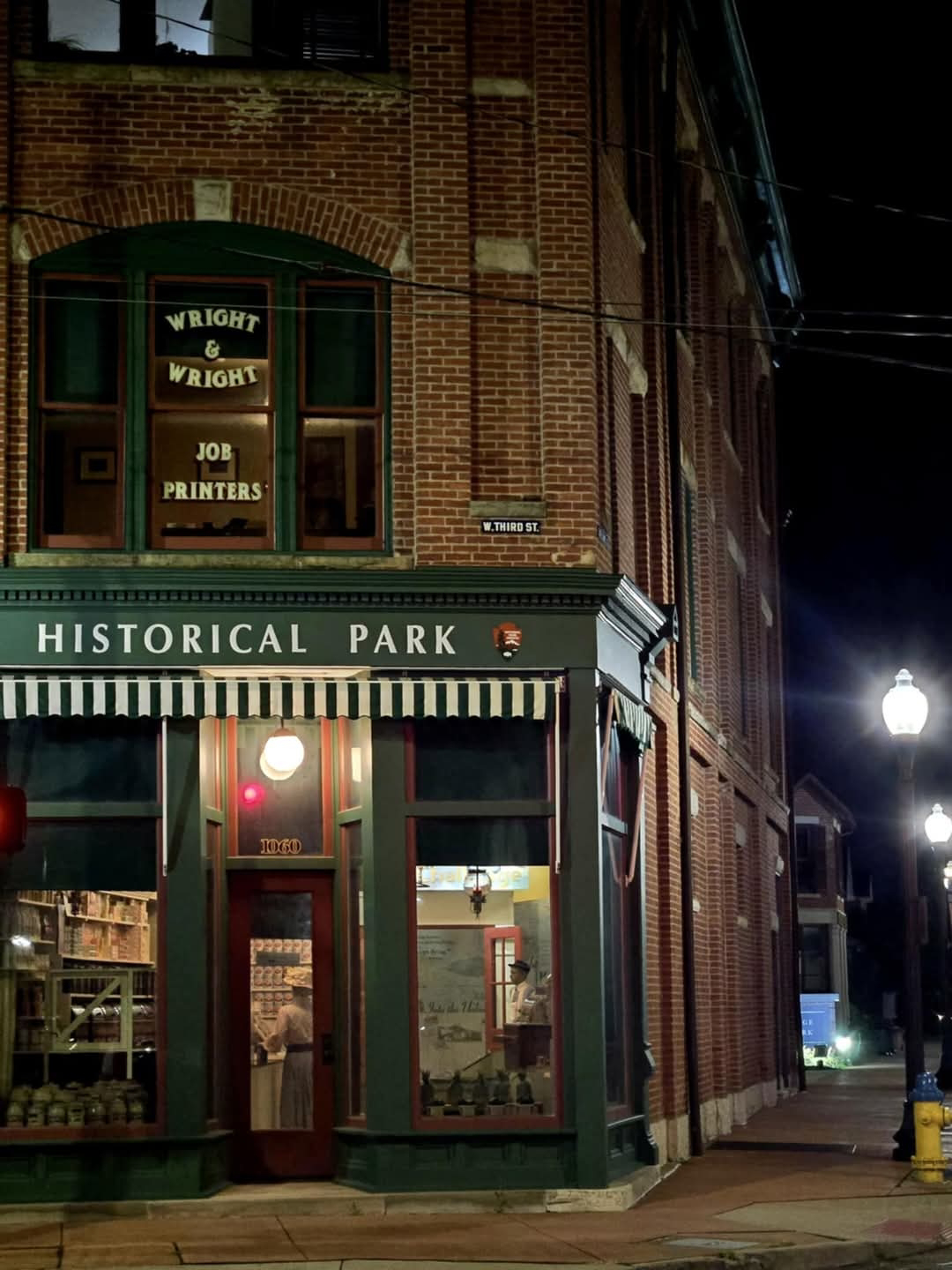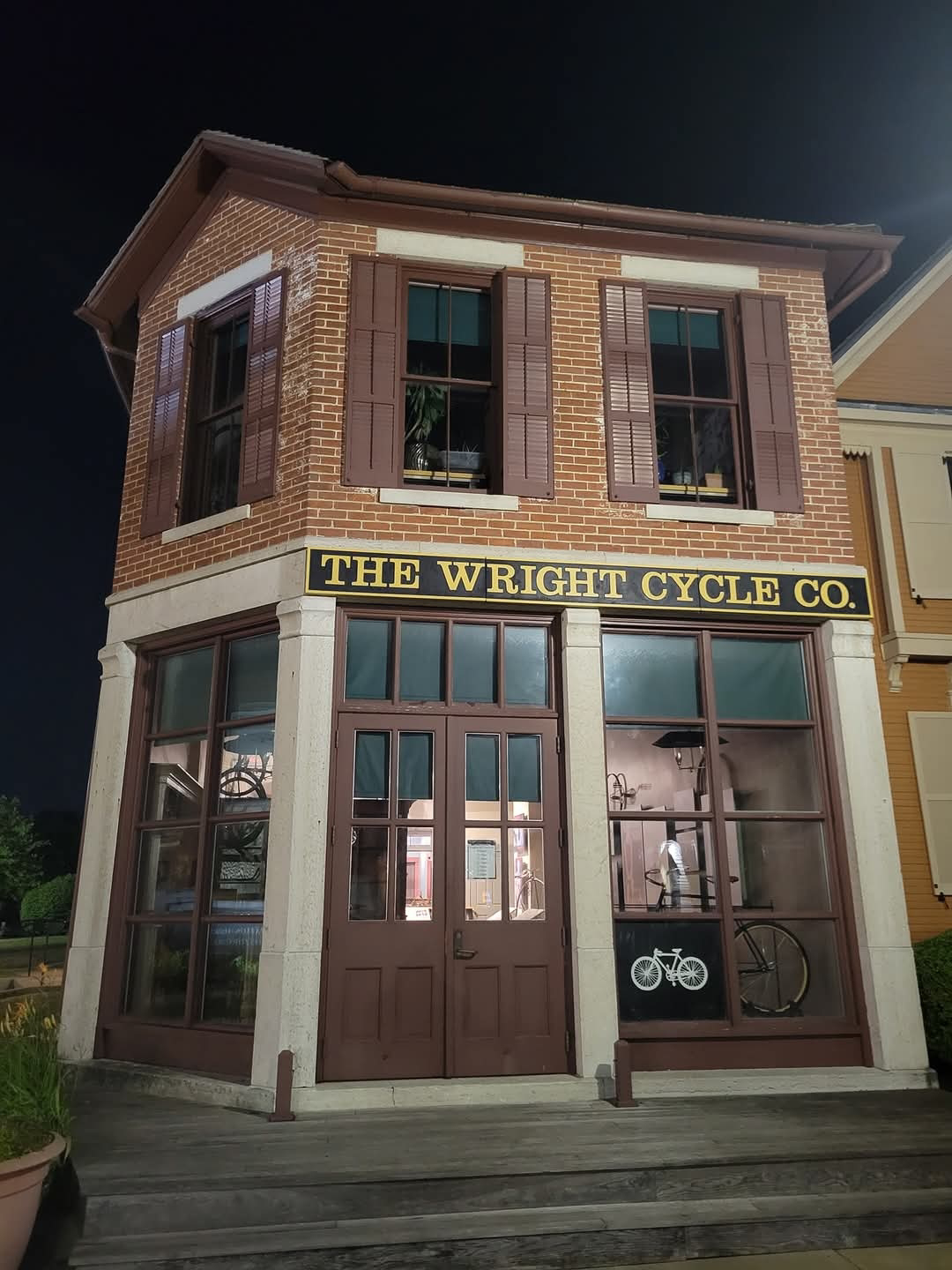Wilbur Wright was born in 1867 near Millville, Indiana, and Orville Wright was born in 1871 in Dayton, Ohio. The Wright family moved to Dayton in 1884, where the brothers spent much of their formative years. Their interest in mechanics and engineering was evident from an early age, with both brothers demonstrating a keen curiosity about how things worked.
The Wright brothers' journey to inventing the airplane began with their fascination with flight. In 1896, the death of the German glider pioneer Otto Lilienthal inspired them to start their own experiments with flying machines. They began by studying the principles of aerodynamics and designing their own kites and gliders.
In 1900, the Wright brothers started conducting glider experiments at Kitty Hawk, North Carolina, chosen for its strong winds and soft sand dunes. Through meticulous testing and engineering, they developed a controllable glider. They focused on three key aspects of flight: lift, propulsion, and control.
On December 17, 1903, they achieved the first powered, controlled, and sustained flight with their aircraft, the Wright Flyer, at Kitty Hawk. This historic flight lasted 12 seconds and covered 120 feet. Subsequent flights that day saw further improvements in distance and duration.
The Wright brothers continued to refine their designs and successfully demonstrated their Flyer II in 1904 and Flyer III in 1905 near Dayton, at Huffman Prairie. These advancements established them as pioneers in aviation. In 1909, they formed the Wright Company to manufacture airplanes and train pilots.
Dayton played a central role in their success. The brothers operated a bicycle shop there, where they financed their aviation experiments and conducted much of their early design and testing work. The city is now home to the Wright Cycle Company Complex and the Dayton Aviation Heritage National Historical Park, preserving their legacy.
Paul Laurence Dunbar, born in Dayton, Ohio, in 1872, was a contemporary of the Wright brothers. He was the son of former slaves, and despite facing racial challenges, he excelled academically and creatively from a young age. Dunbar was the only African American in his high school class and became a prominent member of the literary community in Dayton.
Dunbar's writing career began in high school, where he published articles and poems in local newspapers. His first collection of poems, "Oak and Ivy," was published in 1893. Dunbar’s work gained significant recognition, and he became known for his use of dialect and standard English in his poetry and prose, capturing the African American experience.
His second collection, "Majors and Minors," published in 1895, received national acclaim. This led to his introduction to influential literary figures, including James Whitcomb Riley, who helped promote Dunbar's work. He gained further prominence with the publication of "Lyrics of Lowly Life" in 1896.
Dunbar was a close friend of the Wright brothers. The three shared mutual respect and admiration for each other's talents and ambitions. Dunbar's literary success and the Wright brothers' aviation achievements highlighted Dayton as a center of innovation and culture at the turn of the 20th century.
Paul Laurence Dunbar’s contributions to American literature, especially his poetry, have had a lasting impact. He published numerous collections of poetry, short stories, novels, and plays before his untimely death from tuberculosis in 1906 at the age of 33. His work continues to be celebrated for its lyrical quality and its profound exploration of African American life.
In Dayton, Dunbar's home is preserved as the Paul Laurence Dunbar House, part of the Dayton Aviation Heritage National Historical Park. This site honors his literary legacy and his connection to the Wright brothers, highlighting the city's rich cultural and historical heritage.




